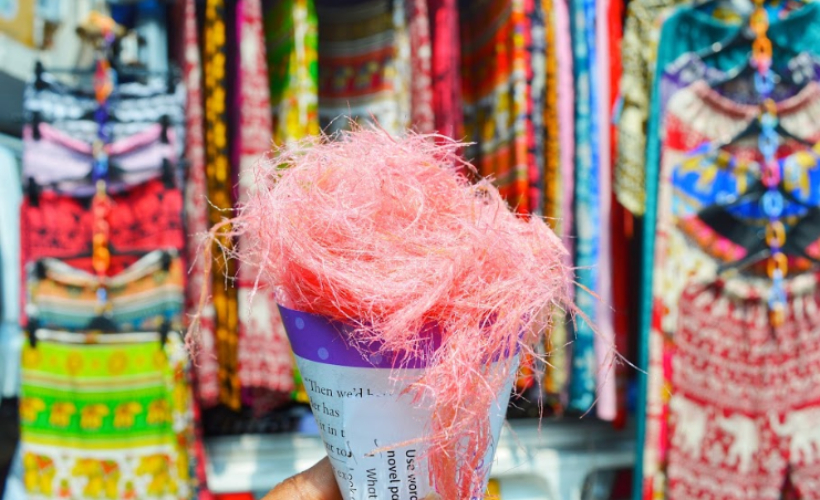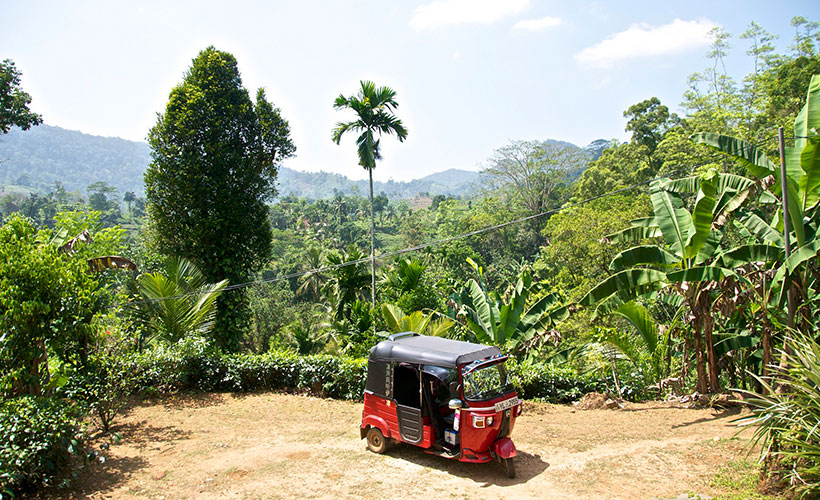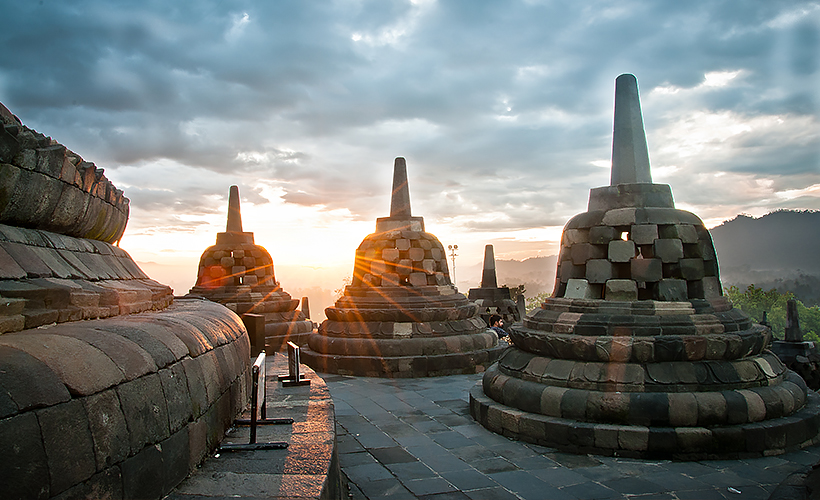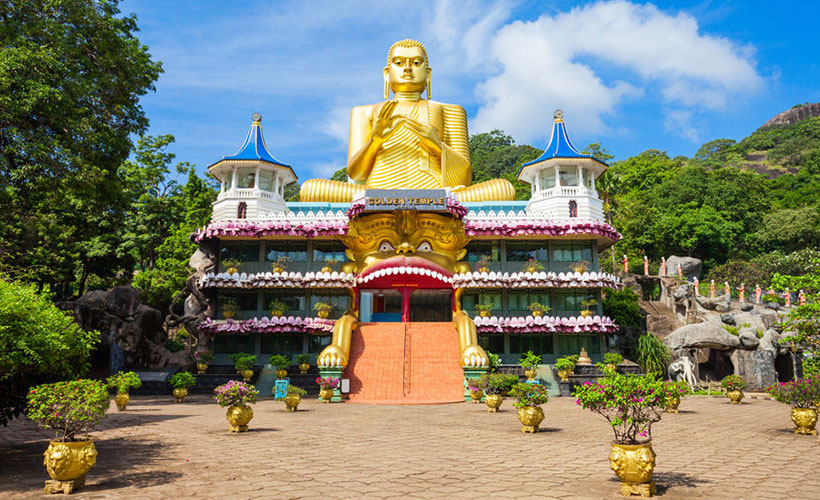
The Dambulla Royal Cave Temple goes by many names – like Jumbukola Vihara, the Golden Temple of Dambulla, and the Dambulla Rock Cave Temple. This well-preserved UNESCO World Heritage Site is located roughly 76 kilometres northwest of Kandy in Sri Lanka. The Golden Temple is an important part of Sri Lankan history, and is located at the foot of the mountain where the Dambulla Cave Temple stands, and houses a huge Buddha statue and museum.
You’ll find this icon of Sri Lankan imagery high up on a mountain, at about 107 metres above the plains. While most of the caves are believed to be naturally-formed, some were enlarged and smoothened by King Vattagamani Abhaya in the first century BC – when Buddhist monks first moved to Dambulla – in order to protect the caves from rain. There are five caves in the system filled with statues of Buddha as well as magnificent frescoes.
Cave 1: Deva Raja Viharaya
Deva Raja Viharaya translates to the ‘Temple of the King of Gods’. It’s believed that god Sakka (King of Gods) put the finishing touches on the main carvings of the cave. The structure is about 14 metres in length and shows the parinirvana, or last moment of Buddha, carved into the stone. There are five additional carvings in this cave, one of which depicts Arhat Ananda (Buddha’s main disciple) weeping at his passing. Opposite this sculpture is a statue of Vishnu, although some scholars believe that the statue is of Upulvan, one of the four guardian deities of Sri Lanka.
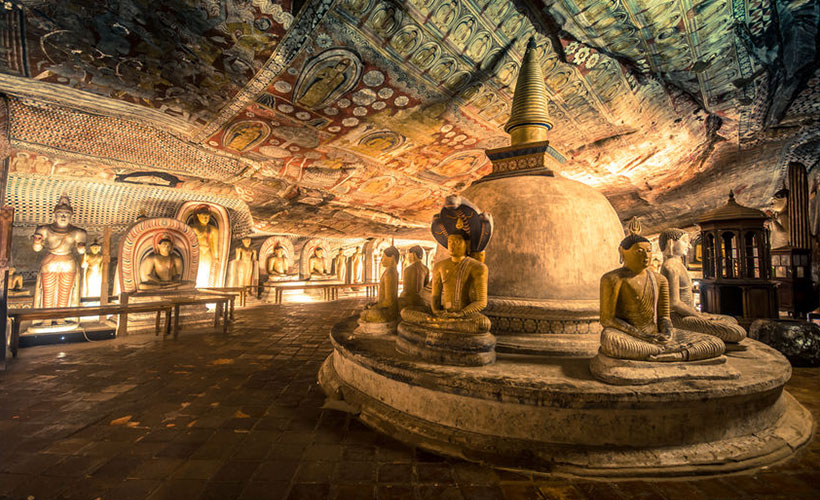
Cave 2: Maha Raja Viharaya
This is the largest and most impressive cave of the lot with an entrance guarded by two stone Danitors. The cave is called Maha Raja Viltaraya, meaning the ‘Temple of the Great King’, as it’s said to have been formed by king Vattagamani Abhaya.
In this cave, you’ll find a variety of brilliantly-coloured paintings – a whopping 53 in total. The paintings illustrate Buddha’s life, before and after his Enlightenment, as well as the history of the island and the introduction of Buddhism to Sri Lanka, amongst others.
There are also many statues of Buddha in different positions, most of which are life-sized or larger. The main attraction in this cave is a statue of the Buddha standing on a lotus pedestal, carved from the rock. This statue is flanked by two standing figures, Natha and Maitreya, whom ancient Buddhists believe will become Buddhas in the future.
To the right of the entrance of this second cave is a five-metre high stupa with four figures of the Buddha seated on a coil of a cobra. Each figure faces a different direction – north, south, east, and west.
On the eastern side of the shrine, water seeps through the rock and drips continuously into a container placed in a square sunk into the floor. This water is used for sacred rituals.
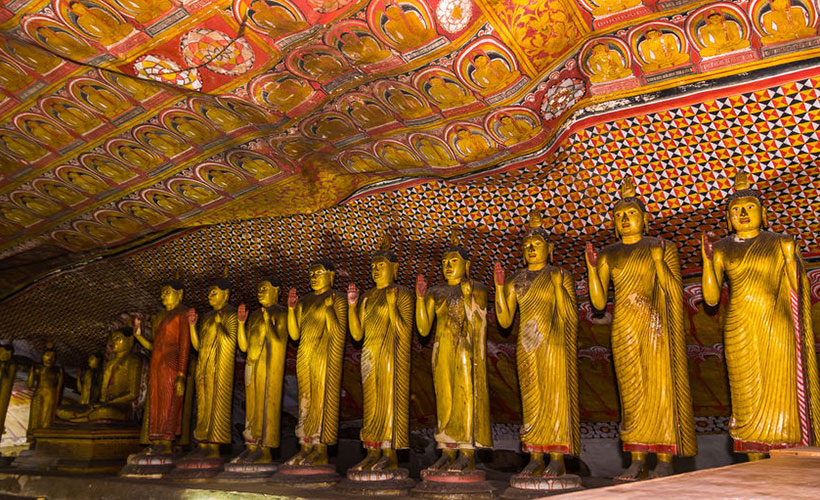
Cave 3: Maha Alut Viharaya
Maha Alut Viharaya translates to the ‘Great New Temple’. The cave temple was constructed by King Kirti Sri Rajasinha in the 18th century, and most of the paintings in this cave are dedicated to him as well as the life of Buddha, the history of Buddhism, and historic Buddhist events. In total, this cave also houses 50 figures of the Buddha that, like the figures in Cave 2, are all nearly life-sized or larger.
Cave 4: Paschima Viharaya
Also known as the ‘Western Temple’, this cave has an eight-metre high roof that ends with a sudden downward pitch. Amongst the 10 figures of the Buddha in this cave is a beautiful carving of him sitting in meditation; carved from the rock that forms the cave and painted in vibrant hues. The centre of the cave also features a stupa called Soma Cetiya.
Cave 5
The fifth and final cave is the most recently added one in the system. It’s also the least elaborate compared to the other caves.

